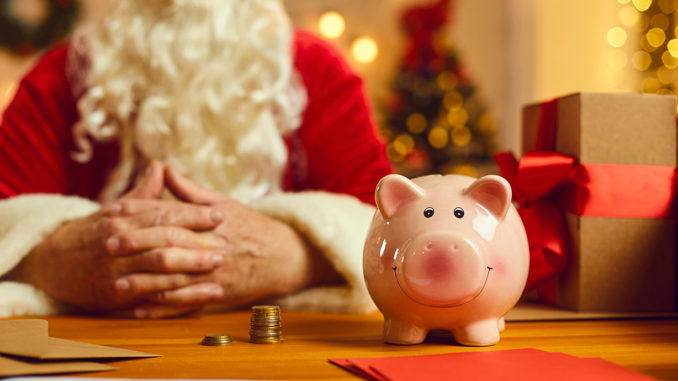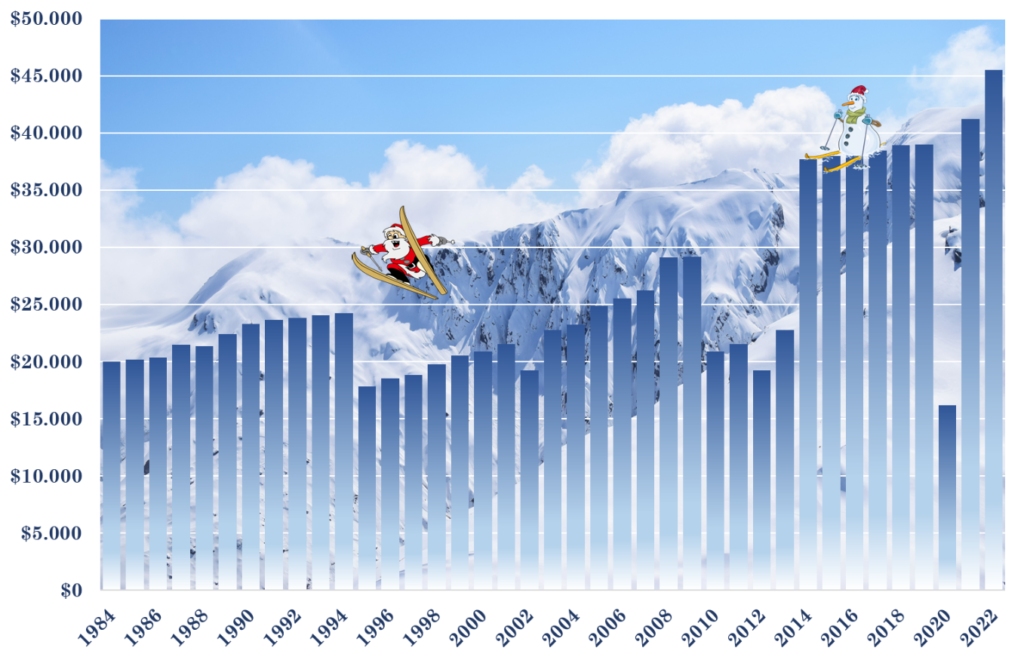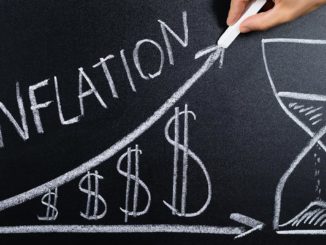
Christmas is linked to costs. But how high are they exactly? Dr. Florian Bartholomae, Professor of Economics at Munich Business School, examines the topic from an economic perspective.
Certainly, everyone will answer this general question very differently, depending on how many beneficiaries they have and how expensive their wishes are. Those trained in economic thinking also know that not only direct monetary costs have to be considered, but also so-called opportunity costs. This means that if one chooses something that one considers the best option, one decides against an option that would have been chosen otherwise. Thus, giving each other nothing and “just” spending time together is not free in economic terms: While spending Christmas with your loved ones, you could of course have been working and earning money. These lost earnings are then likewise costs, which must be considered. Moreover, of course, on top of that, there are that gifts, which are incurred even if you don’t “actually” give each other anything.
Admittedly, this train of thought is economically correct, but not very Christmassy and rather evokes associations with Ebenezer Scrooge. To look at the matter even more unemotionally, in addition to these costs, an economic welfare loss may occur if the gift-givers do not really meet the taste of the beneficiaries, so that sometimes the Grinch thinks in more economic terms than Santa.
That being said, to keep our Christmas spirits up, let’s just agree on the ultimate Christmas gift. And it is precisely this that is captured by the PNC Christmas Price Index. As with the well-known Consumer Price Index, this is based on a special basket of goods whose price development is calculated annually. And now, which goods are part of the absolute ultimate Christmas gift? Of course, those that are sung about in the well-known children’s song “The Twelve Days of Christmas”: Twelve drummers drumming, Eleven pipers piping, Ten lords a-leaping, Nine ladies dancing, Eight maids a-milking, Seven swans a-swimming, Six geese a-laying, Five gold rings, Four calling birds, Three French hens, Two turtle doves, And a partridge in a pear tree.
This price index has been compiled since 1984 and, as the figure shows, has undergone a quite interesting journey up and down the hills reaching its peak this year. In 2020, the index declined primarily because many services could not be provided due to the pandemic – thus, it was not possible to enjoy the performances of the dancers.

It comes as no surprise that the Christmas Price Index has increased by 10.5% this year, which is more or less in line with the current price development in many European countries as well as in the USA. The highest price increase of 39.1% was recorded for golden rings, whereas there was no price change for calling birds. Maids also did not increase in price, as they are employed only at the minimum wage, which did not increase in the USA. The most expensive item, by the way, is swans, at $13,124.93. Altogether, the basket of goods costs $45,523.27. However, since these presents are given in part several times – the partridge in the pear tree is given twelve times, the two turtle doves eleven times etc. – the value of the total present amounts to $197,071.09 and has thus increased in price by 9.8% compared to the previous year. As such, the ultimate Christmas gift isn’t exactly a bargain, however, who wants to be scroogy at Christmas? In this spirit: Merry Christmas!
The author is responsible for the content and form of this article.




